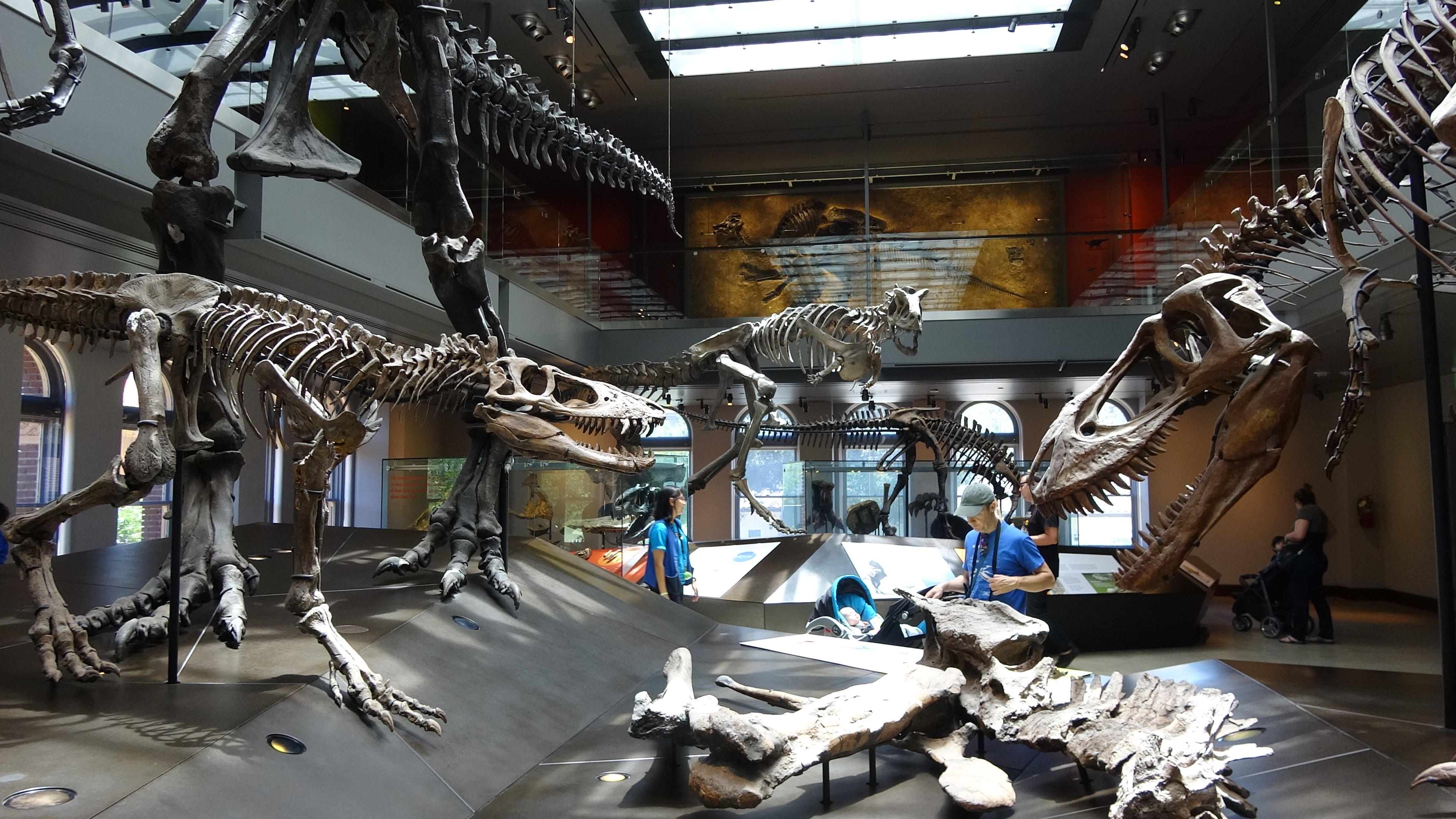Butterfly Pavilion | Natural History Museum of Los Angeles, CA

The seasonal Butterfly Pavilion at Natural History Museum (NHM) of Los Angeles is filled with 400 to 500 butterflies from 25 different species. This seasonal exhibit is located outside on the south side of the Museum. Your time in the Pavilion is limited to 20 or 30 minutes, which is enough. You will see up close how butterflies use their tubular mouthparts to obtain nectar and caterpillars feed on leaves and go through the process of their transformation into adults. 🐛 There are butterfly identification cards available and NHM Interpreters are around to answer any questions. There are a big variety of insect and plant species in the Pavilion: 20 species of California natives such as the monarch, mourning cloak, and buckeye 10 species of subtropical varieties from south Florida and Texas, such as the malachite and the grey cracker.

